The rush for H-1B visas is officially on
Updated: 2015-04-10 05:32
By NIU YUE in New York(China Daily USA)
|
||||||||
Applicants for H-1B visas — those that allow foreign workers with at least a bachelor's degree to temporarily work at specialty jobs in the US — are facing fierce competition this year.
"There is a 60 percent increase in cases we receive this year compared with last year," Los Angeles-based immigration attorney Meng Xiaojie wrote in an email to China Daily.
The H-1B visa application period for fiscal year 2016 started on April 1 and the US Citizenship and Immigration Services (USCIS) announced on April 7 that the congressionally mandated quota had already been reached and exceeded.
To meet the caps of 65,000 visas for the general category and 20,000 for the advanced degree exemptions, USCIS will run a computer-generated lottery to randomly select the applications. Those picked can start work in October.
Last year, the US received a record 172,500 petitions, or 165 percent more than the cap. The previous record was in 2001 when 163,600 petitions were received with 51 percent of them rejected by lottery.
"Many applicants who were not able to get picked by the lottery system last year are likely to find a new employer to sponsor and reapply this year," said New York-based immigration attorney Owen Gu. "In addition to the increasing number of new foreign graduates this year, the number of this year's petitions is likely to exceed 200,000."
"It will become much harder for foreign students and applicants in the years ahead if there is no new immigration reform," said Gu.
As in previous years, most H-1B applicants find sponsoring jobs in the technology, engineering, science and research sectors.
Wang Jie, who earned a master's degree in information science from the University of Pittsburgh in 2014, now works at a geo-science company in Houston.
"I applied for an H-1B visa this year," Wang said. "And I will extend my OPT period as well. If I'm not chosen for an H-1B visa, I can still work legally as an F-1 student and apply for an H-1B visa next year."
The OPT, or Operational Practical Training period, authorizes students on F-1 visas to work legally in the US for up to 12 months after completing their studies.
STEM, or science, technology, engineering and mathematics, degree students can apply for a 17-month extension.
"I'm considering whether I should pursue another master’s degree if I get rejected in the lottery," said Guan Lin, who earned a master's in linguistics from Indiana University Bloomington in June 2014 and now teaches Chinese at a public school in Dallas.
"Chinese students seem less likely to go back to China. I know a guy who is pursuing a PhD here. He has put off graduation for years" to extend his student status while waiting to get an H-1B, Guan said.
The USCIS offers H-1B cap exemptions for those employed by institutions of higher education, non-profit research facilities associated with universities and government research facilities.
Zhai Xinhui, who earned a master's in East Asian studies from Columbia University in June 2014, now works at a nonprofit in Washington as a research assistant.
"It's lucky to be employed by an NGO with professional counterparts, which means I could be exempt from the H-1B visa lottery," Zhai said, adding that, from what she could tell, not too many NGOs were willing to employ foreigners as an H-1B visa sponsor.
Last February, the Department of Homeland Security announced that employment eligibility would be extended to various dependents of H-1B non-immigrants.
"The H-1B visa will be more valuable considering the benefits granted to the spouse," said Meng.
Considering the crush for H-1B visas, Gu said, "What most applicants don't realize is that an individual can be sponsored for more than one H-1B visa petition by different employers, which definitely increases the odds of success."
According to the US Department of Commerce, international students contributed more than $27 billion to the US economy in the 2013-14 academic year.
The number of international students registered at US colleges and universities increased by 8 percent to a record high of 886,052 in the 2013-14 academic year, according to the Institute of International Education and the US State Department. Among those, Chinese represent the largest group, up to 31 percent. Students from India are the second-largest, accounting for 12 percent.
Chinese applicants for H-1B visas account for only 8 percent of the total, while Indians account for about 70 percent. The majority of Indian applicants are employed by major consulting firms and Indian technology companies, according to Bloomberg Business.
Hong Xiao in New York contributed to this story
- Bird flu outbreaks reported in two Mexican states
- Failed developer shoots dead 3, injuries 2 at Milan courthouse
- People rescue beached dolphins in Japan
- Indonesian children's risky shortcut to get to school
- S.Korea, US to hold joint exercises
- Last batch of Chinese peacekeeping infantry arrives in S.Sudan
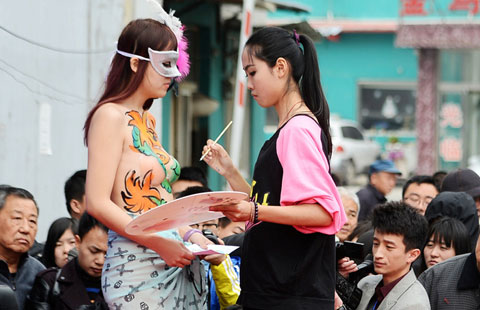
 Ten photos you don't wanna miss of today
Ten photos you don't wanna miss of today
 Amur tigers come back from the brink
Amur tigers come back from the brink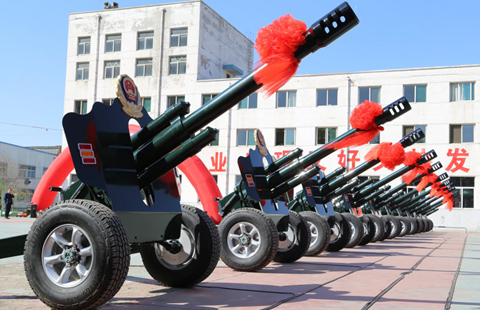
 Guns prepared to mark Anti-Fascist War anniversary
Guns prepared to mark Anti-Fascist War anniversary
 Tibetans' viral wedding photos contrast city with country life
Tibetans' viral wedding photos contrast city with country life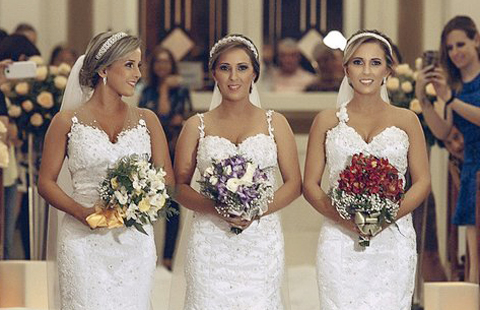
 Strange but true: Three times a lady
Strange but true: Three times a lady
 Road to Cuba
Road to Cuba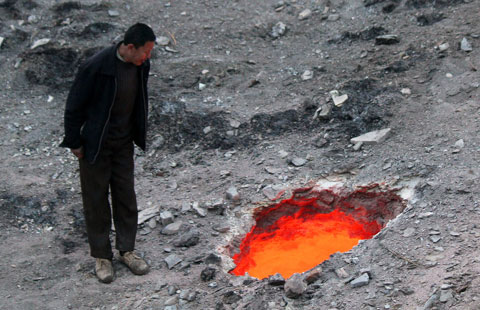
 Trending: 'Gateway to hell' found in Urumqi
Trending: 'Gateway to hell' found in Urumqi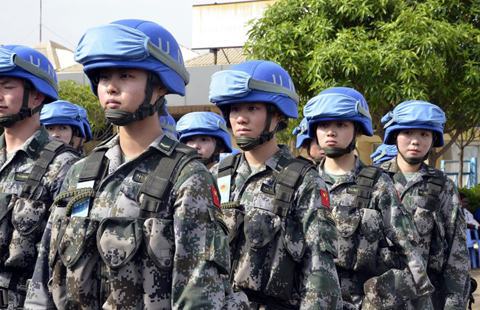
 Last batch of Chinese peacekeeping infantry arrives in S.Sudan
Last batch of Chinese peacekeeping infantry arrives in S.Sudan
Most Viewed
Editor's Picks

|

|

|

|

|

|
Today's Top News
US, Cuba hold highest-level talks since 1961
UN official praises new website that engages Chinese public
Hillary Clinton expected to announce presidential run soon
Shooting outside Washington DC leaves 1 injured
Blocking of chip exports could backfire: scientist
US to help China fight tough TB strain
Rush for H-1B visas is on
Tibetan lawmaker meets US Rep
US Weekly

|

|







